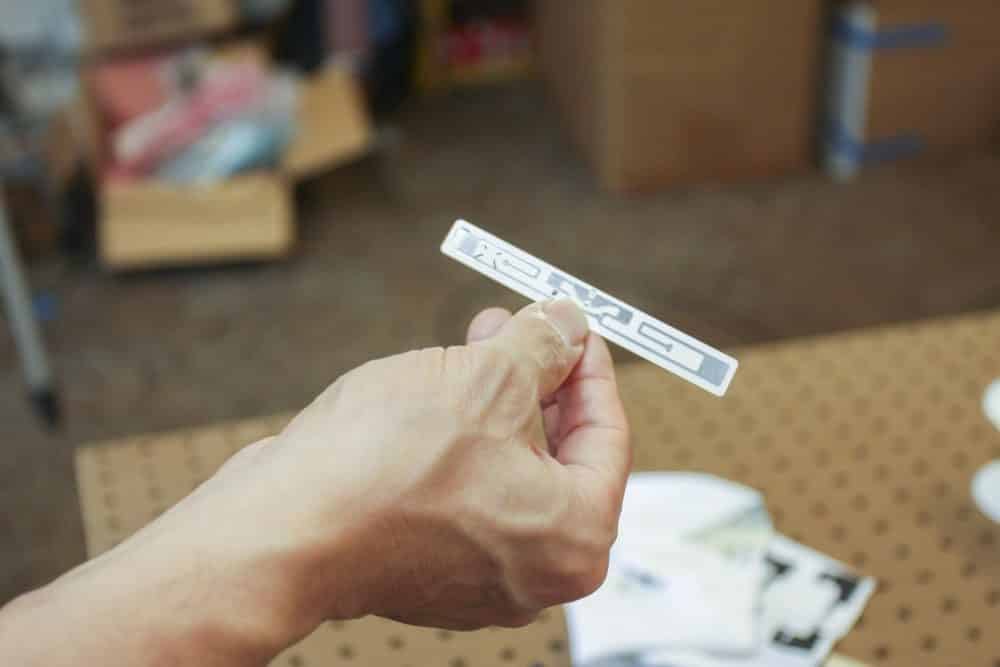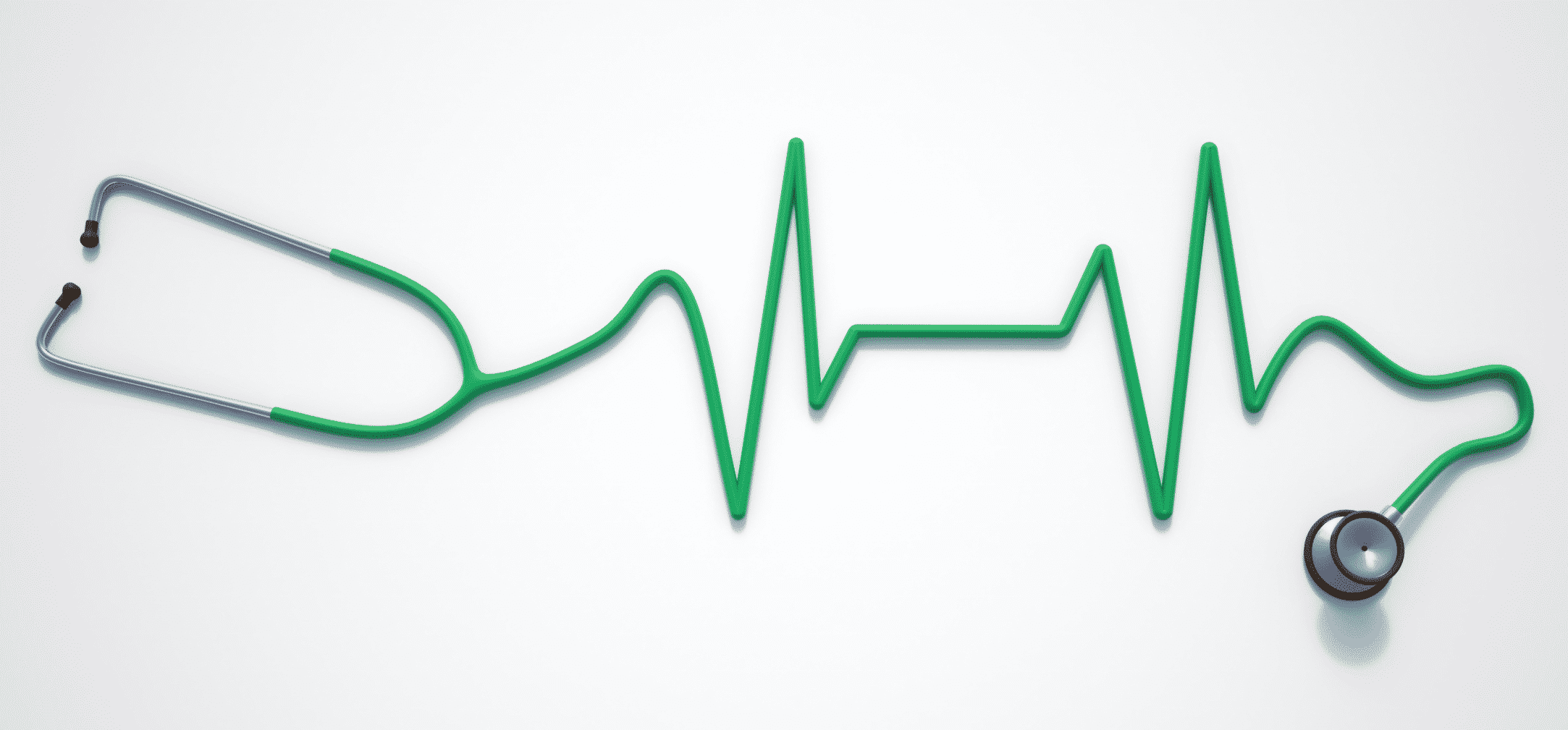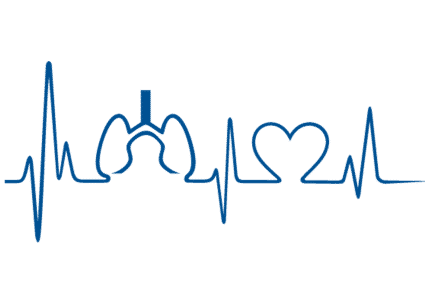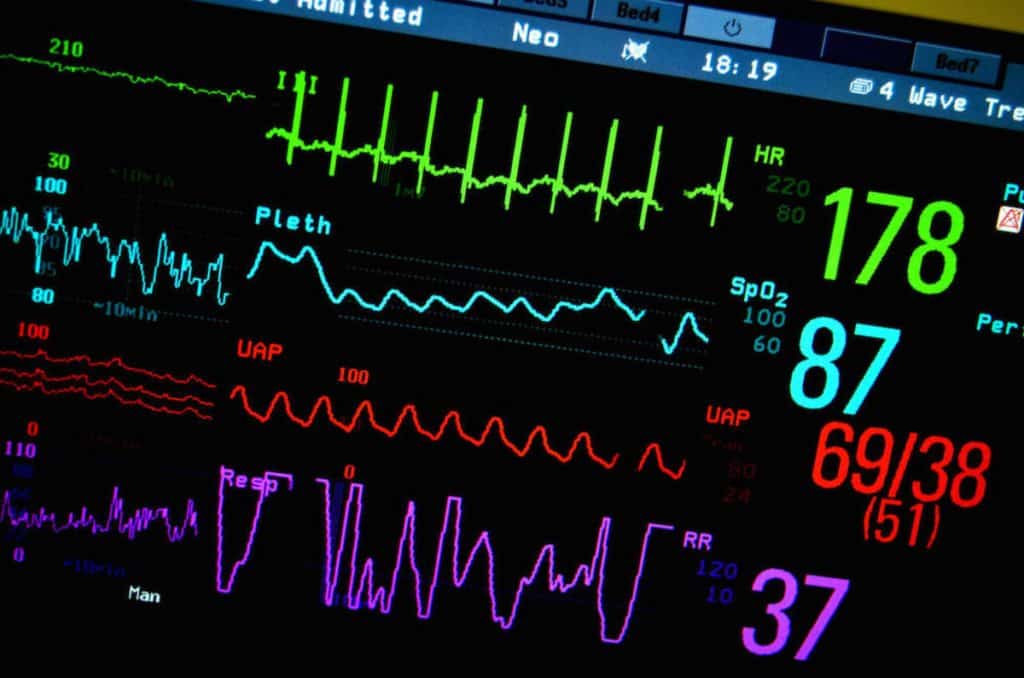Simple, Cost-Effective Radio Tags to Monitor Vital signs
Vital signs are the evidence of the current physical functioning of the body. They provide critical information that is ‘vital’ for life, and so they are called vital signs. Everyone knows how important it is to get to the doctors, but not everyone realizes that their once or twice a year doctor’s visit is not always going to cut it. To live a healthy lifestyle it is critical to check vitals and keep tabs on your health regularly.
Current approaches to monitoring vital signs however are mainly achieved with the use of body electrodes, optical absorption, pressure or strain gauges, stethoscopes and ultrasounds, each of which suffers particular drawbacks during application.
Body electrodes require direct skin contact, and for some people, chest hair may need to be removed to improve the signal quality which adds to discomfort. Commercial optical absorption methods, such as photoplethysmography, rely on the reflection or transmission of infrared light, which limits sensing depth and leads to loss of waveform detail and timing accuracy. Strain gauges usually used to monitor respiration and blood pressure can also be uncomfortable attributable to the belt or cuff in addition to it being disruptive to the circadian rhythm. Stethoscopes are affected by acoustic wave distortion through tissue and the frequency response of the acoustic transducer. And Ultrasound devices are portable but bulky.
Now, a study from researchers at Cornell University demonstrates a non-invasive method for gathering blood pressure, heart rate and breath rate using a cheap system of radio-frequency signals and microchip tags, similar to the anti-theft tags department stores place on clothing and electronics.
The Cornell team led by Prof. Edwin Kan, has developed inexpensive microchip tags worn on the chest and wrist that emit radio waves into the body. Those waves are then reflected back by organs such as the heart as it beats, or by the blood as it pulses, and are detected by a central reader device in the room – that device also wirelessly powers the tags via electromagnetic fields.
Based on the detected movements, it is possible for the system to ascertain vitals such as blood pressure, heart rate and breath rate. The signal is reportedly as accurate as readings obtained using an electrocardiogram or a blood-pressure cuff.

The RFID sensors could simply be sewn into a patient’s clothes wherever they’re needed, and would be small and light enough to pass unnoticed. To see how their system would fare in the real world, the researchers put their fabric through the wash a few times — they report it still worked fine.
Additionally, because each tag has a unique identification code, a receiver could also keep an eye on more than one patient at once if they were each equipped with sensors. In all, the sensors can pick up on heart rate, respirations, blood pressure and breathing effort.
“If this is an emergency room, everybody that comes in can wear these tags or can simply put tags in their front pockets, and everybody’s vital signs can be monitored at the same time,” says Kan. “I’ll know exactly which person each of the vital signs belongs to.”
The signal is as accurate as an electrocardiogram or a blood-pressure cuff, according to Kan, who said he believes the technology could also be used to measure bowel movement, eye movement and many other internal mechanical motions produced by the body.

Kan and his graduate student, Xiaonan Hui, plan to do more extensive testing with Dr. Ana Krieger, medical director of the Center for Sleep Medicine and associate professor of clinical medicine, of medicine in clinical neurology and of clinical genetic medicine at Weill Cornell Medicine.
They’re also working with professor Jintu Fan and associate professor Huiju Park from Cornell’s Department of Fiber Science and Apparel Design, who have demonstrated a way to embroider the tags directly onto clothing using fibers coated with nanoparticles.
Hui envisions a future in which clothing can monitor health in real time, with little or no effort required by the user.
“For every garment in our daily use, there could be a tag on them, and your cellphone will read your vital signs and will tell you some kind of information about your condition that day,” said Hui.
























